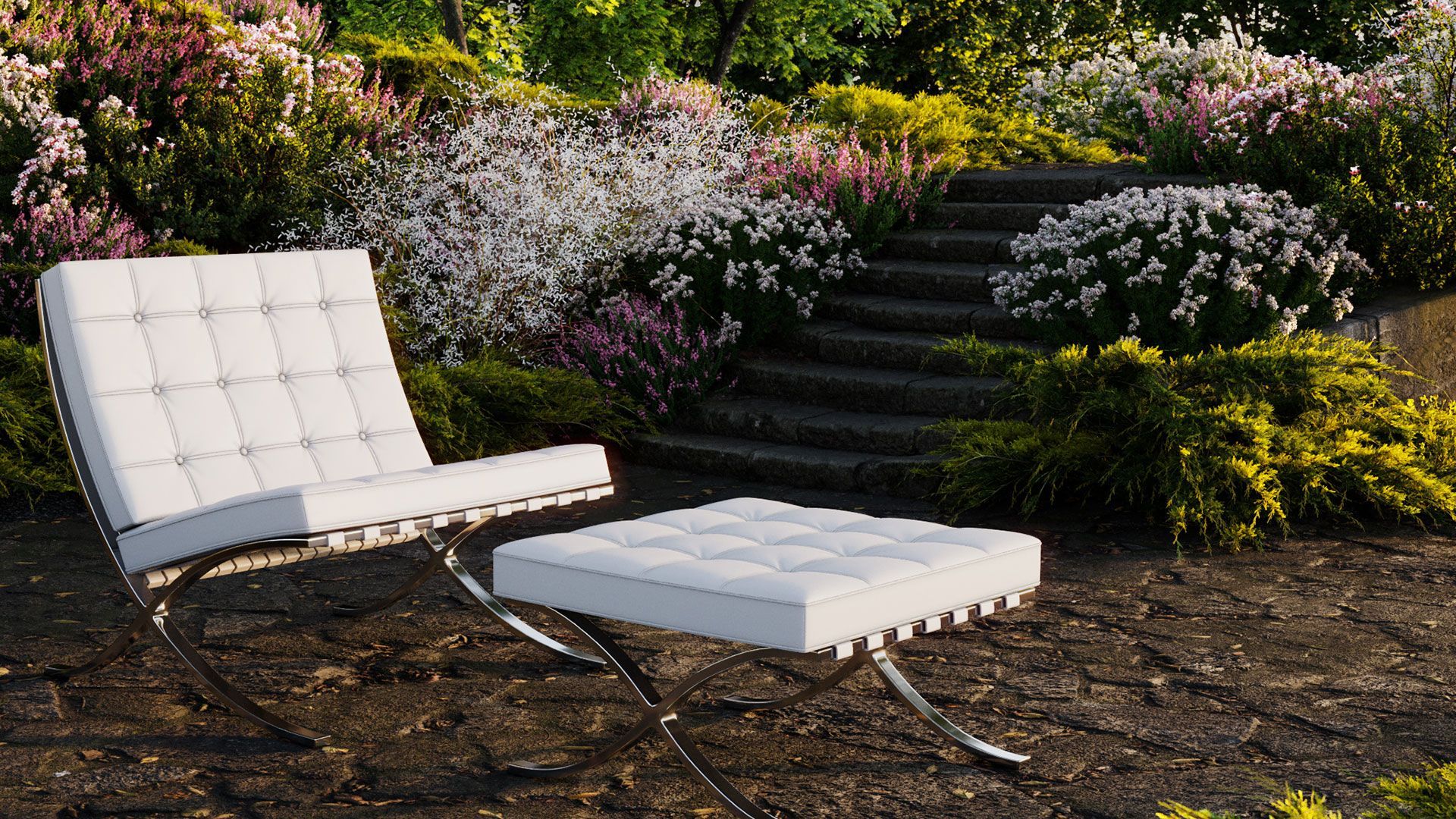Experienced marketers know how troublesome and complicated outdoor photosets can be. First and foremost, they depend on the weather, which is constantly changing and never works the way we expect. As a result, all the preparations can go to waste in a few seconds. That’s why some marketers order 3D product renders for their catalogs instead of traditional photos. Using 3D rendering, one can at least ensure a project doesn’t depend on the forecast and is fully controlled by CG specialists from a 3D rendering company .
Setting the lighting for a perfect shot is even more complicated. In real life, it changes with every minute depending on the position of the Sun, so all photos end up looking different. And here again, 3D renders come in handy. Since CG artists set the lighting manually in 3D software, they can regulate it until it’s perfect.
So, how is lighting used in 3D rendering, and how can one incorporate it into product images? Here’s a guide to the 7 most popular types of lighting for outdoor 3D renders that every marketer needs to know before ordering them from a CGI studio. Read on!
1. Regular Daylight
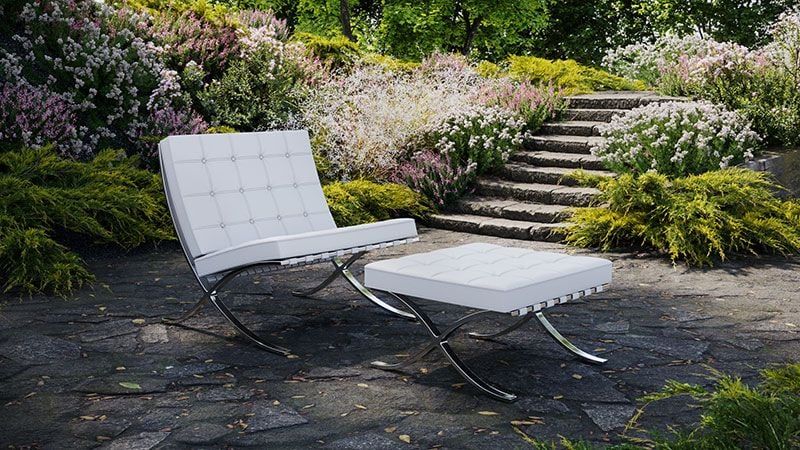
To set up this type of lighting for a 3D product render, CG artists recreate before or after lunch daylight when the sun is not too high and its light is soft. By positioning it above and to the side, they get angled lighting that falls off beautifully and creates long, pronounced shadows. Such lighting emphasizes materials and textures and adds dimension to all objects. Being so vibrant, Regular Daylight has become one of the most popular types of lighting for outdoor product 3D renders.
2. Highly-Detailed Daylight
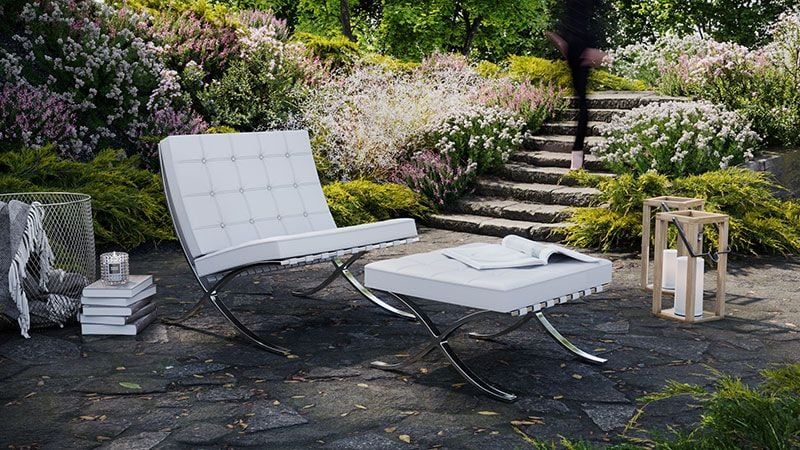
Although this outdoor furniture 3D visualization looks a bit like a Regular Daytime lifestyle picture, it has a special feature. The difference is that with detailed daylight, 3D artists adjust the light according to the arrangements of the objects. They can illuminate a key product with the main light and highlight surrounding props with several inconspicuous additional light sources. As a result, marketers get a product 3D render that is focused on a group of products, which is perfect for cross-selling.
3. Mid-Detailed Daylight
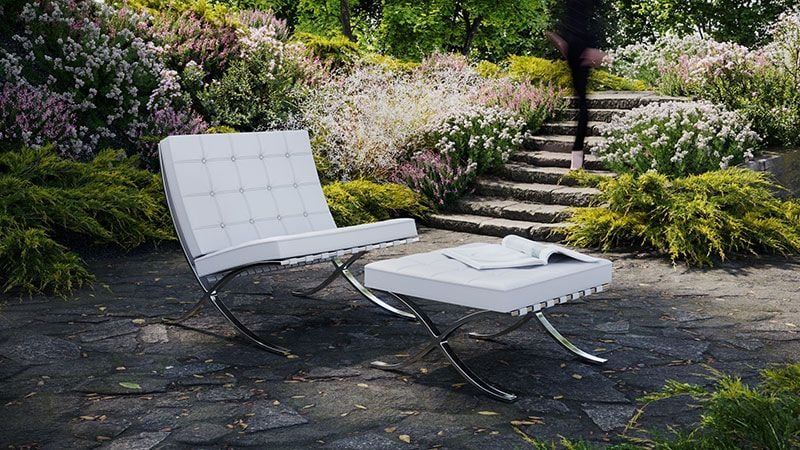
This type of 3D rendering lighting is very similar to the previous one in terms of the scheme. However, it has fewer details, which may have an impact on the overall lighting. For Mid-Detailed Daylight, 3D artists usually focus on the main product. They put some of the other items in the shade to illuminate the main one and draw the prospects’ attention to it without any distractions. This way, one can get product renders that are both photorealistic and highlight the main item in the best possible way.
4. Ambient
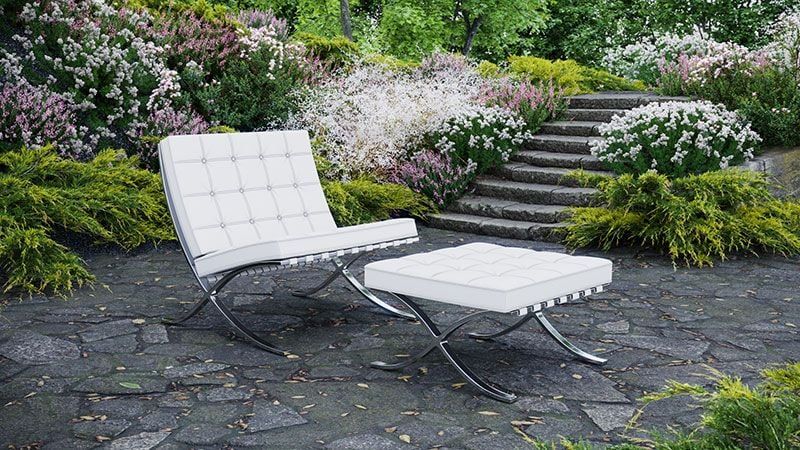
Ambient lighting is characterized by an even distribution of light, i.e., there are no bright spots of light and deep shadows in a pic. Therefore, all objects in the 3D product render are approximately the same illumination level without harsh contrasts. This technique can be used for brands with overall low-contrast, elegant visual aesthetics. For instance, if the whole vibe of a catalog is based on pastel colors, then soft Ambient lighting will work perfectly for its 3D product renders.
5. Fog+Morning Light
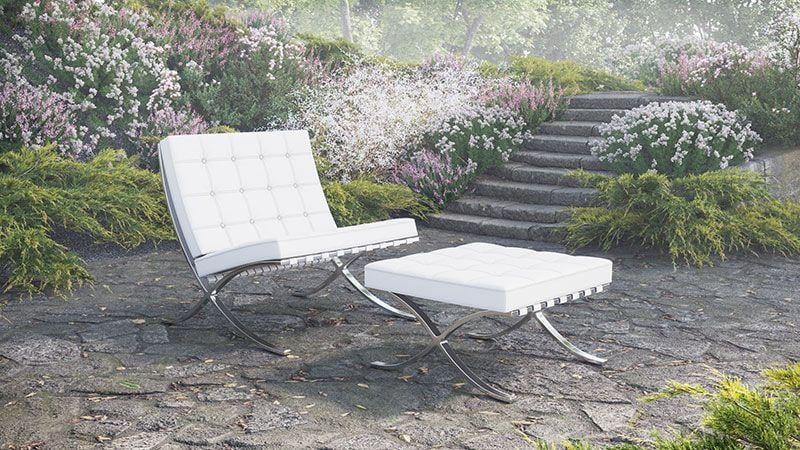
The Fog + morning light combo creates a special mood for a 3D product render. It conveys the sense of freshness, serene tranquility, calmness and relaxation. On a foggy day, we don’t see the bright sun because of overcast skies. Therefore, bouncing light is diffused and shadows almost disappear. To recreate this lighting for lifestyle 3D product rendering services, CG artists use special plugins for 3D software and 2D edits for post-production.
6. Sunrise/Sunset (Morning/Evening)
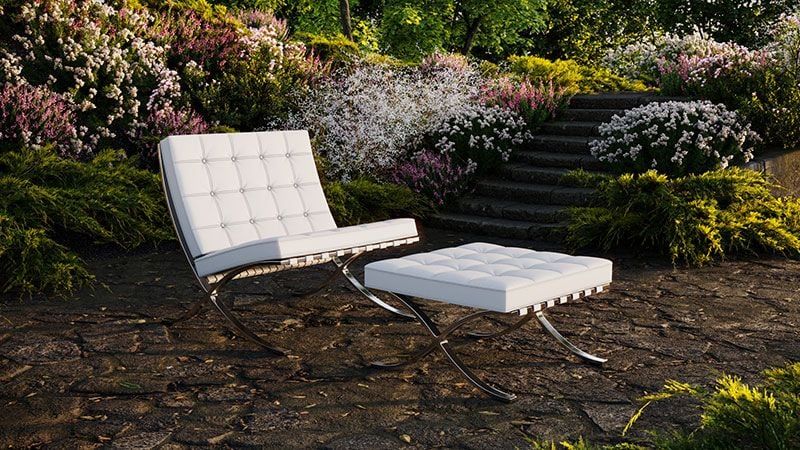
Morning and evening light is very inspiring, which is why it is often used for 3D product renders. To set up this kind of lighting, CG artists position the sun very low and carefully regulate its warmth. With the right settings, they get a warm and orange light source that casts cool blue shades. After a 3D render is ready, CG experts can enhance contrast and saturation using Adobe Photoshop. In the end, a marketer gets a jaw-dropping, poetic product 3D render that strikes a chord in the customer’s heart.
7. Night Time
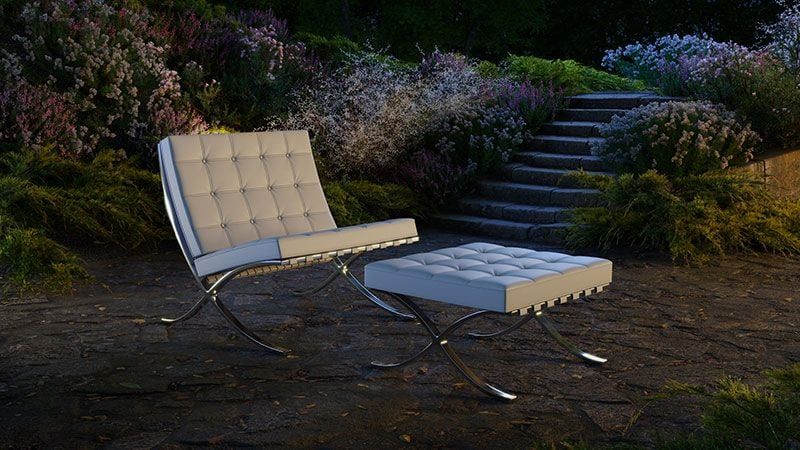
Night mode in a 3D product render is based on a combination of cold and warm lighting. Traditionally, CG artists set up several warm artificial light sources around the scene and cold white light from above to mimic the moonlight. Such a contrasting combo gives more illumination to the whole scene and allows the light to beautifully highlight objects. Moreover, to increase the cozy ambiance of a 3D render, CG specialists can add a fireplace, candles, lanterns, and garland lights to a scene.
If you opt for outdoor lifestyle images for your goods, choose 3D rendering. Professional 3D artists have enough skills and experience to set up 100% realistic lighting in 3D product renders. Firstly, they are all trained as artists and designers, thus, they know how to use light the same way photographers do. Secondly, they use advanced CG plugins and 2D graphics programs for creating special effects such as fog or fire in a 3D product render.
Need mind-blowing outdoor 3D product lifestyle pics? Contact our managers right now and order 3D product modeling services to get photorealistic renderings in the required lighting scheme!
